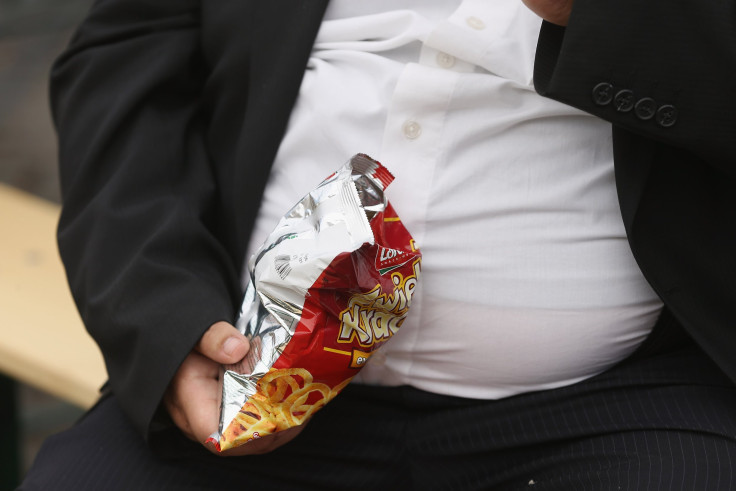Ultra-Processed Foods And Calorie Intake: Half Of Americans’ Calories Come From Added Sugars, Study Finds

Over half of the calories consumed by Americans come from ultra-processed foods, a study published Wednesday revealed. It also found that ultra-processed foods delivered 90 percent of the added sugars that Americans consumed.
The study, published in the medical journal BMJ Open, found that Americans consume 58 percent of all calories from ultra-processed foods, which are products that contain several manufactured ingredients — like artificial flavors or colors, sweeteners and preservatives. Examples of these foods are soft drinks, breakfast cereals, frozen pizzas and instant soups and noodles.
“Different from processed culinary ingredients — like salt, table sugar, vegetable oils, and butter — and from processed foods, like cheese and simple breads, ultra-processed foods are hardly part of a diet based on minimally processed foods and freshly prepared drinks, dishes and meals," lead study author Carlos Augusto Monteiro, a professor in the Department of Nutrition, School of Public Health at the University of São Paulo in Brazil, told CBS News. "Instead, they are manufactured and marketed to replace those foods, drinks, dishes and meals."

The survey revealed that 14 percent of all calories could be traced back to added sugars. Unprocessed and minimally processed foods reportedly do not contain added sugars, while the study found that for processed foods, that number was 2 percent. In contrast, ultra-processed foods got 21 percent of their calories from added sugars. Added sugars make people more likely to be overweight or obese, which could eventually lead to Type 2 diabetes, heart disease, stroke and cancer.
"Ultra-processed foods are designed to appeal to our taste buds, and can often lead us to crave more," Alissa Rumsey, a registered dietitian and spokesperson for the Academy of Nutrition and Dietetics, told CBS News. "These foods are ones that can be eaten mindlessly, making it easy to overeat them without even realizing how much you are having."
The study analyzed dietary data involved over 9,000 children, adolescents and adults from the 2009-2010 National Health and Nutrition Examination Survey.
© Copyright IBTimes 2024. All rights reserved.






















